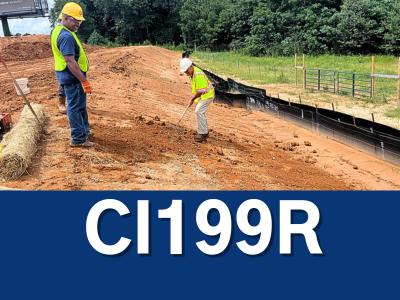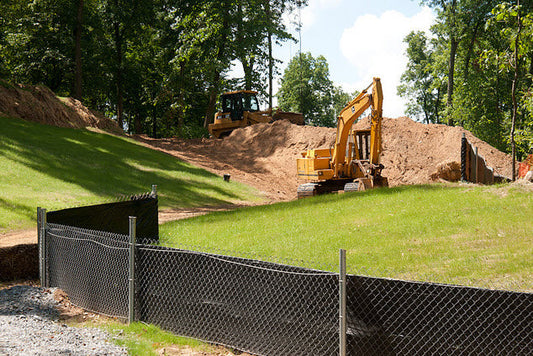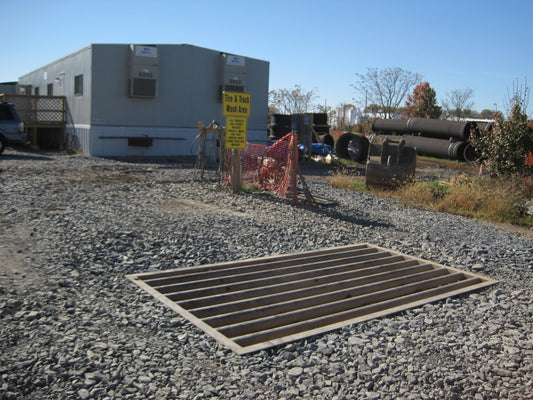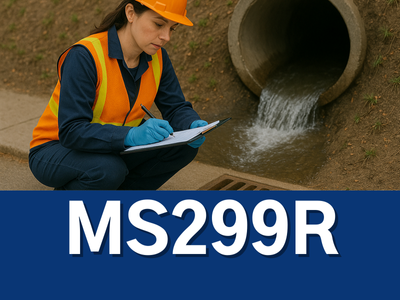The state of North Dakota and the North Dakota Department of Health’s Division of Water Quality monitors water bodies in the state through its Surface Water Program. This Stormwater Discharge Program uses monitoring data to determine if a water body is impaired for a pollutant. If the Department determines that a water body is impaired, the water body is included in the ND 303(d) List which lists impaired water bodies along with their specific pollutants which have caused the impairment.
In 1975, the state of North Dakota was delegated authority of the NPDES program by EPA. With that right to delegated authority, The North Dakota Pollutant Discharge Elimination System (NDPDES) Permitting Program was instituted. The objective of the NDPDES Permitting Program is to minimize the amount of pollutants in stormwater runoff to ultimately improve water quality of the state of North Dakota. To achieve their objective, the NDPDES Permitting Program was deemed responsible for: (1) issuing general permits defining the rules and regulations for wastewater discharge into waters of the State; and (2) defining water quality criteria (or Water Quality Standards) for those State waterbodies.
The NDPDES General Permit for Stormwater Discharges from Construction Activities applies to stormwater discharges associated with construction activity as well as with “small construction activity” and “large construction activity.”
-
"Large Construction Activity," includes clearing, grading and excavation that disturbs land of equal to or greater than five (5) acres and includes the disturbance of less than five (5) acres of total land area that is a part of a larger common plan of development or sale if the larger common plan will ultimately disturb five (5) acres or more.
-
"Small Construction Activity," includes clearing, grading and excavation, that disturbs land of equal to or greater than one (1) acre, and includes the disturbance of less than one (1) acre of total land area that is part of a larger common plan of development or sale if the larger common plan will ultimately disturb equal to or greater than one (1) and less than five (5) acres.
A project site owner or operator can apply for general permit coverage if his/her construction site fits the aforementioned criteria and they submit a Notice of Intent to the Department at least seven (7) days before commencing land disturbing activities. The owner or operator is also required to have a Storm Water Pollution Prevention Plan (SWPPP) developed and available for review by the North Dakota Department of Health. A copy of the Storm Water Pollution Prevention Plan (SWPPP) is also required to be submitted with the Notice of Intent (NOI) if the project involves fifty (50) or more acres; or the project will have a discharge point located with 2000’ (feet) of, and flow to, a water body listed as impaired under due to sediment or parameters associated with sediment transport. The SWPPP is required to: (1) identify potential sources of sediment or other pollution from construction activity; and (2) ensure the practices are used to reduce any contribution of pollutants from construction site runoff.




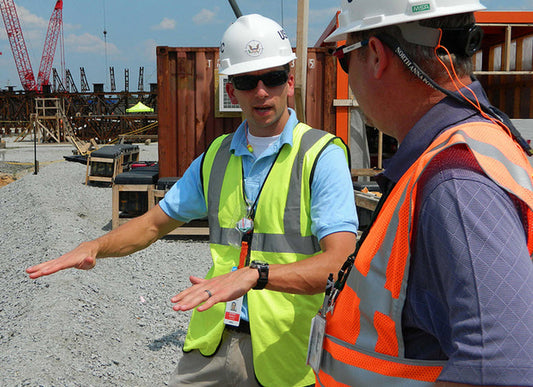
















![Stormwater Management for Construction Activities - ADVANCED (Contractors, Field Maintenance, Foreman) [U.S.]](http://stormwaterone.com/cdn/shop/files/CI199A.png?v=1758811709&width=533)
![Stormwater Management for Construction Activities - ADVANCED (Contractors, Field Maintenance, Foreman) [U.S.]](http://stormwaterone.com/cdn/shop/files/214_4333_Swale_20and_20Sand_20Bags_0bb88123-72fa-40b8-8f8d-e3d7edc4b279.jpg?v=1758811709&width=533)


